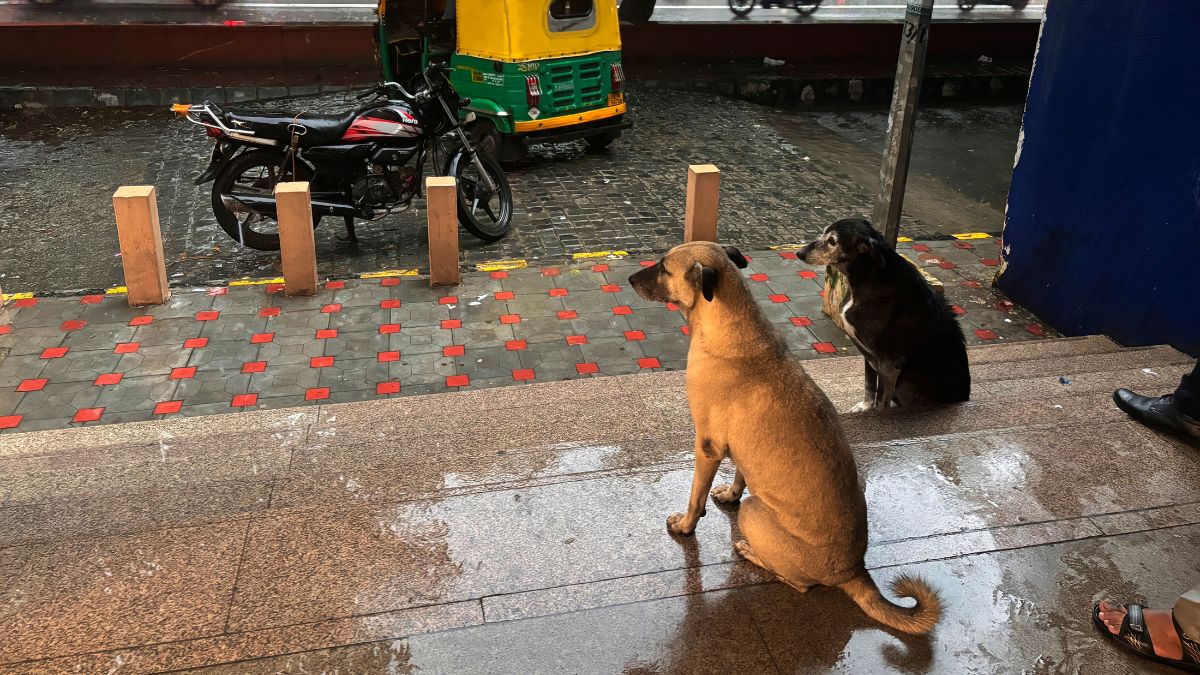Shortly after the Gaza ceasefire came into effect, Hamas took over the coastal strip even though the Palestinian group’s top brass had been completely dismantled by Israel in the 15-month-long war. Masked men from Hamas’ military wings took to the streets of Gaza waving the flag of the militant group.
Hamas’ re-emergence has taken many Gazans by surprise, making them wonder what a post-war Gaza would look like. It also raised questions about whether Israel will ever succeed in dismantling the Palestinian group. However, the Jewish nation continues to remain adamant that the end goal of the war is the complete elimination of Hamas.
Since the ceasefire started Hamas has been working overtime to showcase its control over Gaza. This is also coming at a time when the Palestinian Authority in the West Bank is looking for a comeback in the coastal enclave. However, Israel is not keen on that proposition. While the Jewish nation wants to eliminate Hamas it is struggling to provide any sort of alternative group which can manage the post-war Gaza.
Hamas made a comeback like nothing has happened
The moment the ceasefire was put into effect, militants from Hamas were seen riding white cars in their clean military uniforms. It felt like nothing had happened. Even for many residents of Gaza, however, the swift re-emergence of the fighters, some in official uniforms, was a surprise.“They came out of hiding in a snap of a finger,” Mohammed, 24, who requested his last name be withheld to avoid possible retribution from Hamas, told the New York Times.
“We had no idea where these people were during the war," he added. Not only this, while the Hamas militants were handing over hostages to Israel, the appearance of the militants didn’t suggest they were on their last legs. They appeared to be wearing clean uniforms, in good shape and driving decent cars.
It is still not clear exactly how many fighters, police officers, bureaucrats and political leaders survived the war or just where the militants had been hiding for this long. Since the cease-fire, Hamas’s government has attempted to impose some sense of security, by sending police forces to the streets, directing traffic aid trucks and offering some degree of law and order over the coastal enclave. This reflects that the group is not ready to give away Gaza.
Impact Shorts
View AllPA eyes over the coastal enclave
Earlier this week, Palestinian Prime Minister Mohammad Mustafa said that it would be unacceptable if any entity other than the Palestinian Authority runs post-war Gaza. “While we’re waiting for the ceasefire, it’s important to stress that it will not be acceptable for any entity to govern the Gaza Strip but the legitimate Palestinian leadership and the government of the State of Palestine,” Mustafa said while he was visiting Norway, one of the three European nations that recognise the state of Palestine.
The United States especially former US President Joe Biden’s administration was keen on the idea as well. During the war, Washington proposed that a “revitalized” Palestinian Authority, which now has limited autonomy in governing the Israeli-occupied West Bank, should take over Gaza. However, Israel’s Prime Minister Benjamin Netanyahu has already rejected the idea.
It is pertinent to note that it was the Palestinian Authority which has been governing over the Gaza Strip until 2007 when Hamas forcibly took over Gaza in a coup after winning a majority in parliamentary elections. Israel has been downplaying the involvement of the Palestinian Authority as they think it would mean giving Palestine statehood.
Top Israeli officials have said that Israel prefers to have the international community be part of any post-war governance arrangement in Gaza. Earlier this week, Netanyahu’s office rejected reports that Israel has partnered with Palestinian Authority in Gaza. The PMO said the report was an attempt to “create a false picture to the effect that it controls the crossing," The Times of Israel reported. With Hamas’ comeback, the Palestinian Authority might struggle to reclaim Gaza.
Things are not ‘hunky dory’ for Hamas as well
While Hamas is trying to come back to its old glory in Gaza, the dream continues to remain challenging. Officials told the NYT that they are using paper records instead of computers, and some were reporting to work at a bombed-out headquarters by foot because Israel has already destroyed bureaucratic infrastructure.
An official from the bomb disposal unit in Gaza City noted that they are struggling to defuse the unexploded bombs. “Hamas is much weaker than it was before Oct. 7,” said Michael Milshtein, a former military intelligence analyst specializing in Palestinian affairs. “But it can impose its sovereignty everywhere in Gaza," he added.
Meanwhile, municipalities in Gaza have been coordinating closely with the Hamas government. The Palestinian group have been sending workers to clear out the rubble, remove piles of trash and survey damage to infrastructure. In Rafah, the municipal council also conducted a meeting over the rehabilitation process.
While Hamas continues to exert its dominance in the region, Israel is still not losing hope in its end goal, i.e. the elimination of Hamas. On Sunday, Gideon Saar, the Israeli foreign minister, told reporters that Hamas’s rule was dangerous for Israel’s security. He reiterated that Tel Aviv has not agreed to a permanent ceasefire. Hence, it will be interesting to see whether Hamas will be able to take advantage of the ceasefire or if the whole peace effort will turn out to be futile.
With inputs from agencies.


)
)
)
)
)
)
)
)
)



